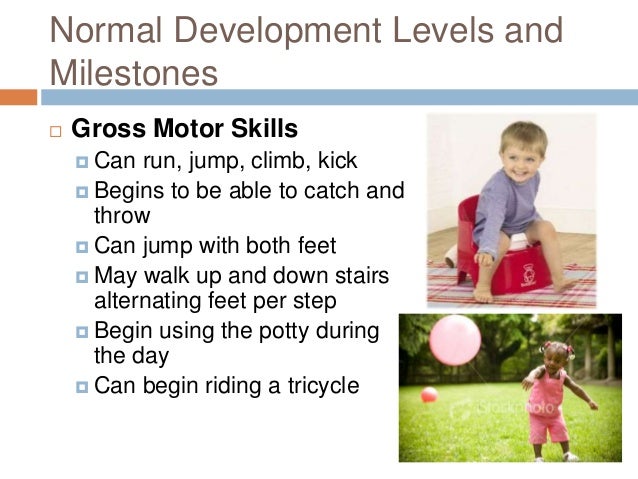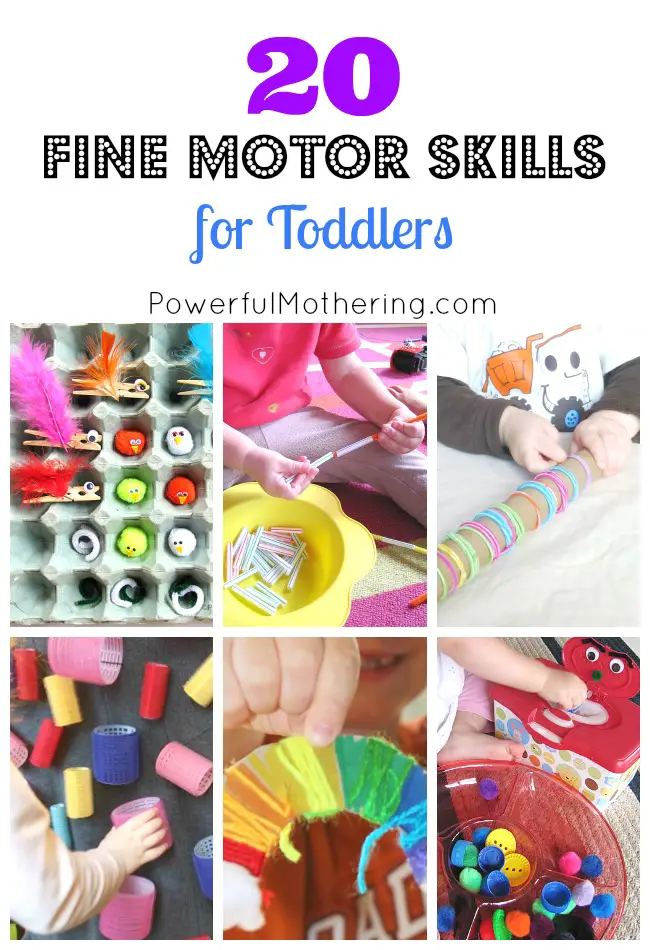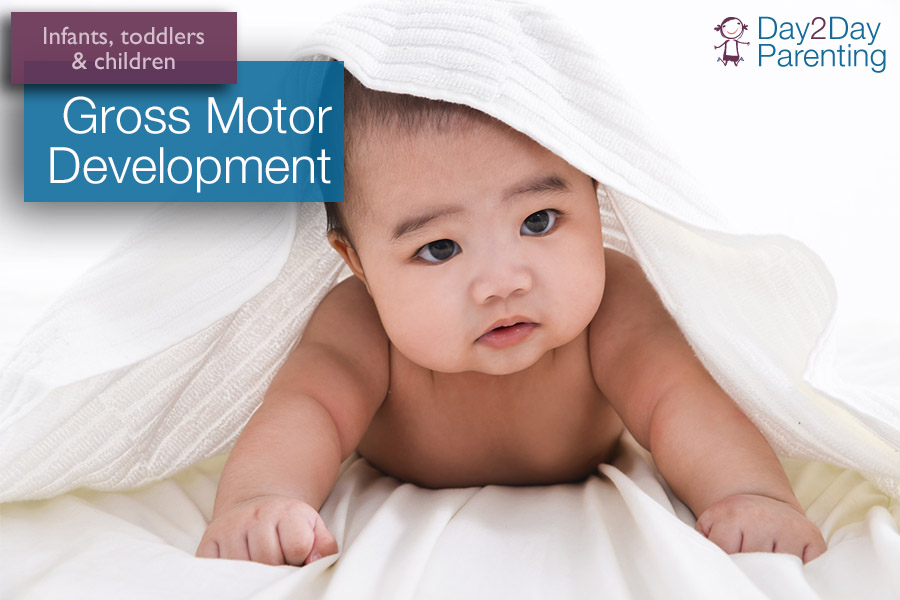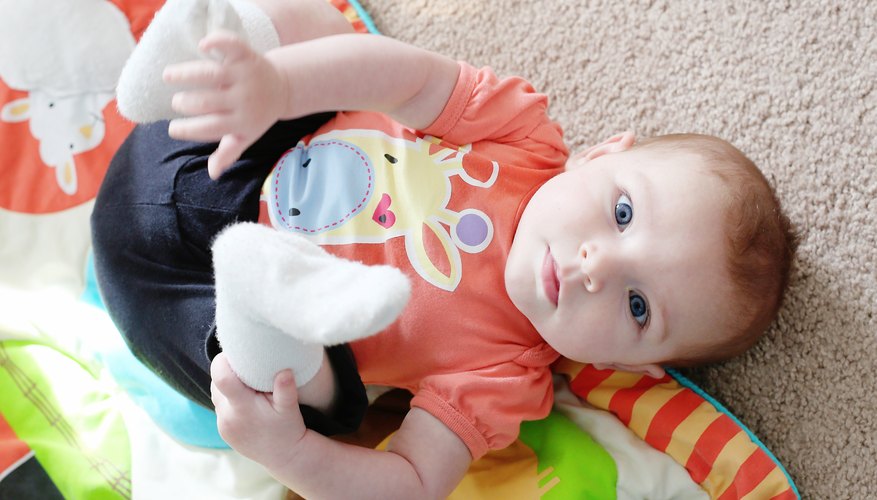Motor development in infants
Home » » Motor development in infantsYour Motor development in infants images are ready in this website. Motor development in infants are a topic that is being searched for and liked by netizens today. You can Download the Motor development in infants files here. Get all free photos and vectors.
If you’re searching for motor development in infants pictures information connected with to the motor development in infants topic, you have come to the ideal site. Our site always gives you hints for refferencing the maximum quality video and picture content, please kindly search and locate more informative video articles and images that match your interests.
Motor Development In Infants. Infants need to learn how to move and to use their bodies to perform various tasks, a process better known as motor development. The first five years of life are a period of incredible growth in all areas of a child�s development. Motor development in the first year. Motor development is an area of pronounced delay in many children with down syndrome.
 24 36+months powerpoint example From slideshare.net
24 36+months powerpoint example From slideshare.net
Gross motor, fine motor, language and social skills gross motor skills require the use of large muscles to achieve sitting, crawling and walking in the first year of life fine motor skills involve the use of small muscles in Atypical development of reflexes, low muscle tone, and hyperflexibility are often observed in infancy. Infant motor development is organized into four parts covering theory, research, assessment, and intervention. Learn more about motor development and when babies roll over, sit, crawl, stand and walk. As a result of hypotonia, infants with down syndrome often show unusual postures and leg positions. As babies grow, they first develop control in their neck (head control) and trunk (sitting balance) and then they learn to control their shoulders, then elbows, wrists, and finally, their fingers.
Reciprocally, the development of motor behavior provides fodder for perception.
This is how we can predict the order in which your baby will gain new motor skills. Initially, babies� movements are simply the uncontrolled, reflexive movements they are born with. Infants need to learn how to move and to use their bodies to perform various tasks, a process better known as motor development. Encourage your child to crawl in a tunnel. Motor skills and motor control begin developing after birth, and will progress as children grow. Gross motor, fine motor, language and social skills gross motor skills require the use of large muscles to achieve sitting, crawling and walking in the first year of life fine motor skills involve the use of small muscles in
 Source: pediatrics.aappublications.org
Source: pediatrics.aappublications.org
As babies grow, they first develop control in their neck (head control) and trunk (sitting balance) and then they learn to control their shoulders, then elbows, wrists, and finally, their fingers. They help us move and do everything from lifting heavy items to typing on a keyboard. It integrates information from a variety of disciplines to encourage a broad understanding of infant motor development. Over time, they learn to move their body parts voluntarily to perform both gross (large) and fine (small) motor skills. The motor skill development of a baby is a very important indicator of possible problems in an infant’s brain.
 Source: pinterest.com
Source: pinterest.com
Development in the infant and child early development leads the infant to master four major types of skills: Many therapists call this tummy time. a young baby needs to spend playtime in prone. tummy time helps develop postural control and strength to provide. How do motor skills develop? As a result of hypotonia, infants with down syndrome often show unusual postures and leg positions. For an infant under three months, gently flex your baby’s legs in a bicycle movement while she is on her back.
 Source: slideshare.net
Source: slideshare.net
Motor skills and motor control begin developing after birth, and will progress as children grow. Some of the first motor skills infants use are eye movements, and slowly this expands to movement of the arms, legs, and hands (even though they�re. Motor milestones are also easy ways for us to map how our child is developing, and to spend fun times together. Many therapists call this tummy time. a young baby needs to spend playtime in prone. tummy time helps develop postural control and strength to provide. Learn more about all developmental milestones by age.
 Source: howtoadult.com
Source: howtoadult.com
How do motor skills develop? The motor skill development of a baby is a very important indicator of possible problems in an infant’s brain. Our upper body muscle control develops before our lower body muscle control. Gross motor skills involve the larger, stronger muscle groups. Many therapists call this tummy time. a young baby needs to spend playtime in prone. tummy time helps develop postural control and strength to provide.
 Source: empoweredparents.co
Source: empoweredparents.co
As a result of hypotonia, infants with down syndrome often show unusual postures and leg positions. Over time, they learn to move their body parts voluntarily to perform both gross (large) and fine (small) motor skills. In early child development, it’s the development of these muscles that enable her to hold her head up, sit, crawl and eventually walk, run, jump and skip. They help us move and do everything from lifting heavy items to typing on a keyboard. Some of the first motor skills infants use are eye movements, and slowly this expands to movement of the arms, legs, and hands (even though they�re.
 Source: powerfulmothering.com
Source: powerfulmothering.com
Motor milestones are also easy ways for us to map how our child is developing, and to spend fun times together. More generally, motor development brings about new opportunities for acquiring knowledge about the world, and burgeoning motor skills can instigate cascades of developmental changes in perceptual, cognitive, and social domains. They help us move and do everything from lifting heavy items to typing on a keyboard. Initially, babies� movements are simply the uncontrolled, reflexive movements they are born with. As the months pass, our little babies transform into mobile, chatty and willful little toddlers with their personal goals and unique personalities.
 Source: day2dayparenting.com
Source: day2dayparenting.com
Lifts head and able to. The first five years of life are a period of incredible growth in all areas of a child�s development. Infants need to learn how to move and to use their bodies to perform various tasks, a process better known as motor development. Over time, they learn to move their body parts voluntarily to perform both gross (large) and fine (small) motor skills. Development in the infant and child early development leads the infant to master four major types of skills:
 Source: howtoadult.com
Source: howtoadult.com
See also super and harkness, 1986). Did you know that motor development follows a relatively fixed schedule in your baby’s brain? The first year of a baby’s life is full of wondrous changes. Gross motor, fine motor, language and social skills gross motor skills require the use of large muscles to achieve sitting, crawling and walking in the first year of life fine motor skills involve the use of small muscles in As babies grow, they first develop control in their neck (head control) and trunk (sitting balance) and then they learn to control their shoulders, then elbows, wrists, and finally, their fingers.
 Source: midwestmontessori.tumblr.com
Source: midwestmontessori.tumblr.com
The motor skill development of a baby is a very important indicator of possible problems in an infant’s brain. See also super and harkness, 1986). Over time, they learn to move their body parts voluntarily to perform both gross (large) and fine (small) motor skills. Development in the infant and child early development leads the infant to master four major types of skills: Atypical development of reflexes, low muscle tone, and hyperflexibility are often observed in infancy.
This site is an open community for users to do sharing their favorite wallpapers on the internet, all images or pictures in this website are for personal wallpaper use only, it is stricly prohibited to use this wallpaper for commercial purposes, if you are the author and find this image is shared without your permission, please kindly raise a DMCA report to Us.
If you find this site good, please support us by sharing this posts to your favorite social media accounts like Facebook, Instagram and so on or you can also save this blog page with the title motor development in infants by using Ctrl + D for devices a laptop with a Windows operating system or Command + D for laptops with an Apple operating system. If you use a smartphone, you can also use the drawer menu of the browser you are using. Whether it’s a Windows, Mac, iOS or Android operating system, you will still be able to bookmark this website.